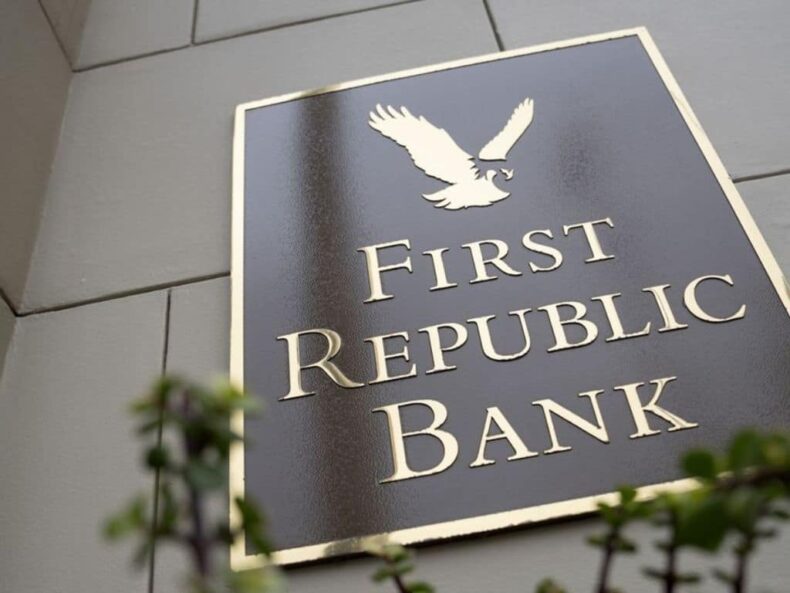After the banking turmoil in the last two months, citizens of the US trust in the bank have declined. Which was one of the reasons behind the fall of First Republic Bank. But the fall will not affect the economy much, after the acquisition of the FRB by JP Morgan and support by FDIC.
Table of Contents
About First Republic Bank
The bank, established by Jim Herbert in 1985, is a commercial bank and trust company. The bank took out its Initial Public Offering in 1986 with $10 per equity share. It also acquired major businesses Starbucks, Tisdale, and Associates with cash and stock and many others. But in 2007, FRB was acquired by Merrill Lynch for $1.8 billion.
After the 2008 financial crisis, Bank of America acquired Merrill Lynch and sold it to a group of private investors for $1 billion. In 2010, the bank again launched its IPO raising the capital of $280.5 million. Later in 2020, the bank showed huge growth in its advances and the number of employees also increased. Therefore becoming the 14th largest bank in the US with more than 80 branches in several states and its share price was also at its all times high in 2021.

Services Provided
First Republic Bank used to provide services such as private banking, private business banking, real estate lending, and wealth management services, including trust custody services to clients in selected metropolitan areas in the United States. First Republic’s business model was to attract high-net-worth customers with preferential rates on mortgages and loans.

Reason Behind Collapse
Many reasons led to the fall of the FRB. The first one is First Republic Bank failed to reckon with the impact of rising interest rates, which sent its strategy of relying on wealthy depositors into reverse. Second, after the collapse of Silicon Valley Bank, the customers withdrew $100 billion of deposits from the bank during the turmoil in March.
Thus, the bank was found in a cash crunch. Third, FRB had borrowed $92 billion, mostly from the federal reserve and some other government-backed lending groups. Fourth, it effectively replaced lost deposits with loans. First Republic also received a temporary $30 billion in March from big banks like JP Morgan Chase & Co. bank failed to understand rising interest rates and mismatching assets and liabilities.

Movement in Share Price
The price per equity share of First Republic Bank in the year 2021 was at its peak which was near $183 per share. In 2022, we show some decline in its share price to $ 153. Thereafter FRB fell almost 90 percent in the last year from $153 to $16 and fell another 90 percent from $16 to $1.92 per share in the last week. FRB suffered an overall fall of almost 98.75% in the stock price in the last year.

Reduction in Financial Crisis by JP Morgan Chase
The auction of First Republic Bank took place on Sunday for which bid was submitted by many investors some big investors who were part of the auction such as JP Morgan Chase, PNC Financial Services Group, and Citizens Financial Group Inc, but on Monday the Department of Financial Protection and Innovation declared that FRB is closed and ownership of assets are given to JP Morgan Chase and Co and National Association.
JP Morgan is also getting about $92 billion in deposits in the deal, which will include the $30 billion that JP Morgan and other big banks gave to FRB last month. The bank will be given ownership of $173 billion in loans and $30 billion in securities as well. All 84 branches of First Republic will be reopened in the name of JP Morgan Chase & Co Bank.














